Looking to Buy Football Helmets in 2023. Here Are 15 Key Tips for Finding the Perfect FitLooking to Buy Football Helmets in 2023. Here Are 15 Key Tips for Finding the Perfect Fit
Know your league’s helmet requirements
Before shopping for a new football helmet, it’s important to know if your league has any specific requirements or regulations regarding helmet types. Many youth and high school programs now require helmets to be certified by the National Operating Committee on Standards for Athletic Equipment (NOCSAE). Varsity and college teams may have additional safety standards in place. Be sure to check with your coach or league administrator so you purchase a helmet that meets all necessary criteria.
Determine your budget
Football helmets can range drastically in price from $50 up to $500 or more. Consider how much you’re able to spend, as more expensive helmets typically incorporate more modern safety features. For example, top-of-the-line helmets have components like air bladders or shock absorbers to cushion impacts. You’ll also want to think about whether you need to buy any additional accessories like chin straps, face masks, or helmet wraps.
Measure your head size

Getting an accurate measurement of your head circumference is crucial for finding a helmet that fits properly. Wrap a soft measuring tape around your head about 1 inch above your eyebrows and ears. Compare the measurement in inches to the sizing charts for the helmet models you’re considering. Sizes can vary between brands, so be sure to consult each manufacturer’s chart. An undersized helmet won’t provide full protection, while one too large can slip and expose the head upon impact.
Consider helmet type (varsity vs. youth)
Varsity helmets are made for high school age players and older. They feature thicker padding and more protective components. Youth helmets are specially sized and constructed for younger players, with focus on making them lightweight. There are also adjustable helmets that include inflatable liners to customize the fit as kids grow. Determine the right category based on the player’s age and size.
Try on helmets in person
If possible, try on helmets in the store so you can get a feel for the fit. It should sit snugly all around without any gaps between the padding and the player’s head. Test out the chin straps and make sure the buckles, clips, or snaps can be easily secured for maximum protection. Moving the head around while wearing the helmet can help determine if it provides a comfortable, non-restrictive fit.
Check helmet safety certifications

Reputable helmet manufacturers will clearly display safety rating labels like NOCSAE on the product. This indicates rigorous testing to ensure the helmet meets impact absorption, penetration, and severity index performance standards. Virginia Tech also independently rates and ranks football helmets on a 5-star scale based on lab testing – check their ratings for insight on the safest helmets.
Pick the right helmet shell material
Helmet shells are commonly made from polycarbonate plastic for durability, carbon fiber for strength and lightness, or ABS plastic for cost-effectiveness. Each material has tradeoffs – polycarbonate is heavy but extremely tough, while carbon fiber is extraordinarily strong yet expensive. For most youth and amateur players, ABS provides a balanced option.
Find the best chin strap fit
Chin straps keep the helmet stable on the head by securing up against the chin and jaw. Look for four-point chinstraps that fully encircle the jawline with comfortable but non-slip padding. Make sure the chin cup fits properly and the straps can be tightened snugly without digging into the skin.
Check out optional helmet accessories
Determining Your Budget and Helmet Features
The price range for football helmets can vary significantly, from $50 to $500 or more. How does your budget align with the available options? It’s essential to consider that more expensive helmets often incorporate advanced safety features such as air bladders or shock absorbers to cushion impacts. When evaluating your budget, don’t forget to factor in the cost of additional accessories like chin straps, face masks, or helmet wraps.
Different helmet shell materials offer varying benefits. Polycarbonate plastic provides durability, carbon fiber offers strength and lightness, while ABS plastic is cost-effective. Which material best suits your needs? For most youth and amateur players, ABS plastic often presents a balanced option, combining adequate protection with affordability.
Optional Helmet Accessories
- Visors
- Outer helmet wraps
- Eye shields
These accessories can enhance comfort, visibility, and protection. However, it’s crucial to ensure they are compatible with your specific helmet model and permitted by your league. Do these accessories obstruct vision or breathing during play? Always prioritize safety and functionality when considering additional helmet features.

Ensuring the Perfect Fit: Measurement and Sizing
Accurate head measurement is fundamental to finding a properly fitting helmet. How do you measure your head circumference correctly? Wrap a soft measuring tape around your head approximately 1 inch above your eyebrows and ears. Compare this measurement in inches to the sizing charts provided by helmet manufacturers. Remember, sizes can vary between brands, so always consult each manufacturer’s specific chart.
Why is proper sizing crucial? An undersized helmet fails to provide full protection, while an oversized one can slip and expose the head upon impact. When trying on helmets, ensure they sit snugly all around without any gaps between the padding and the player’s head. Does the helmet restrict movement or feel uncomfortable? Test the fit by moving your head in various directions while wearing the helmet to determine if it provides a comfortable, non-restrictive fit.
Choosing Between Varsity and Youth Helmets
Football helmets are generally categorized into varsity and youth models. Varsity helmets, designed for high school age players and older, feature thicker padding and more protective components. Youth helmets, on the other hand, are specially sized and constructed for younger players, with a focus on lightweight design. How do you determine which category is appropriate?

Consider the player’s age and size when making this decision. For growing children, adjustable helmets with inflatable liners offer the advantage of customizing the fit as kids grow. Are you looking for a long-term investment or a helmet that accommodates rapid growth?
The Importance of Chin Straps and Face Masks
Chin straps play a crucial role in keeping the helmet stable on the head. What should you look for in a chin strap? Opt for four-point chin straps that fully encircle the jawline with comfortable but non-slip padding. Ensure the chin cup fits properly and the straps can be tightened snugly without causing discomfort or digging into the skin.
Face masks are vital for protecting players’ faces from frontal impacts. How do you choose the right face mask? Compare open vs. closed face masks and consider sizing options for optimal peripheral vision and appropriate face protection. Ensure the face mask bolts securely to the helmet shell and consists of durable yet flexible face bars. Have you discussed with your coach which face mask best suits the player’s position and needs?

Key Factors in Face Mask Selection
- Player’s position on the field
- Level of protection required
- Visibility needs
- Compatibility with the helmet model
Comfort and Ventilation Considerations
A comfortable helmet is crucial for player safety and performance. How can you ensure maximum comfort? Allow players to try out different styles with varying padding thicknesses, ventilation holes, and inner lining materials to find what feels best. The helmet should not wobble, slide, or shift out of position when properly fitted and secured.
Proper ventilation is essential for keeping players cool and comfortable during intense gameplay. Do the helmets you’re considering have adequate ventilation systems? Look for models with strategically placed vents that promote airflow without compromising protection. Some advanced helmets feature moisture-wicking liners that help keep the player’s head dry and comfortable throughout the game.
Aesthetic Considerations: Colors and Designs
While safety and fit should be the primary concerns, the aesthetic appeal of a helmet can also be important, especially for team morale and unity. Most football helmets offer team color options for youth leagues or schools. Varsity helmets may provide more customization options, such as stripe decals or unique designs.
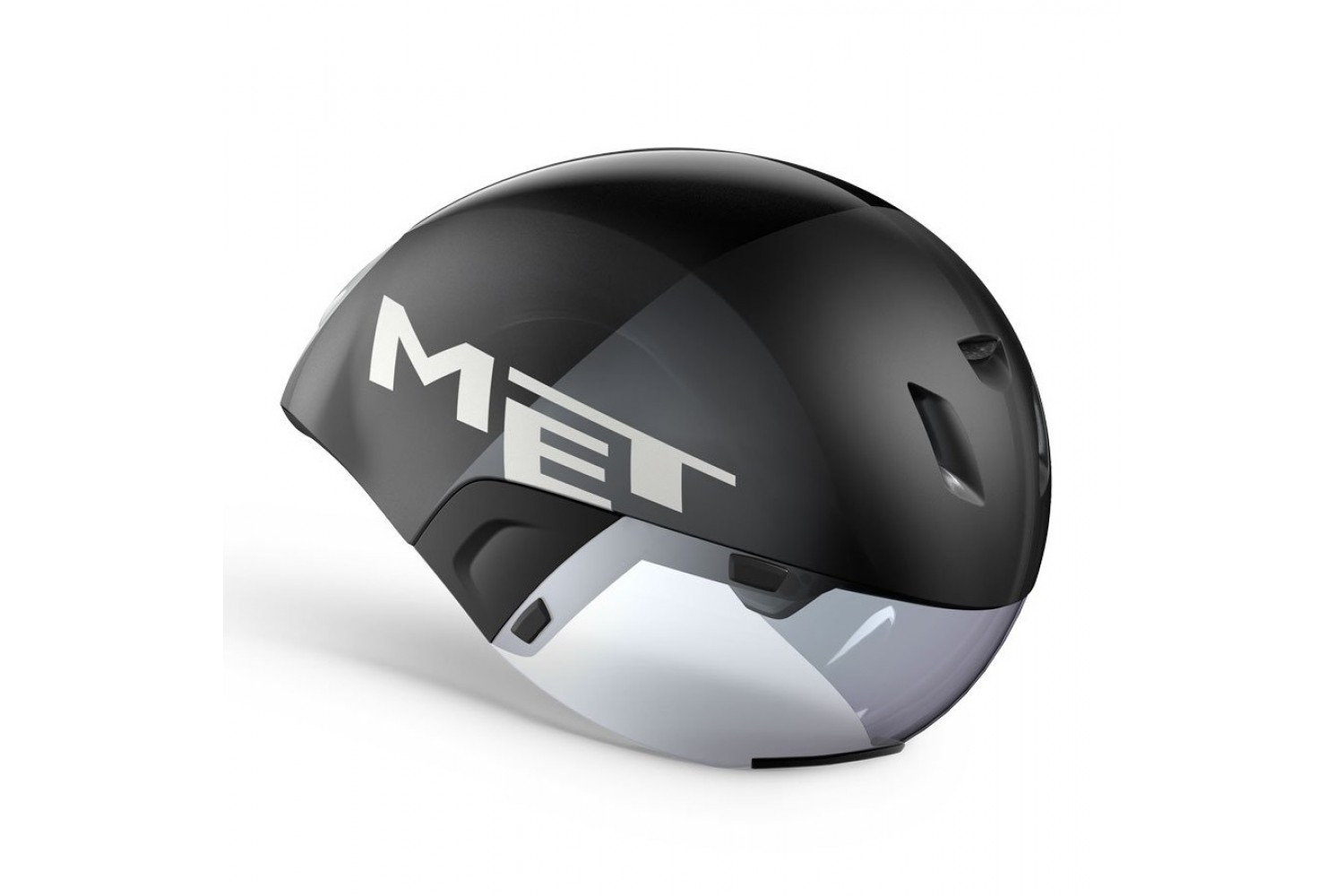
When selecting helmet colors and designs, consider the following questions:
- Does the helmet design comply with league regulations?
- Will the chosen colors and designs withstand regular wear and tear?
- Are there any additional costs associated with custom designs or decals?
Remember that while aesthetics can boost team spirit, they should never compromise the helmet’s protective capabilities or fit.
Maintenance and Longevity of Football Helmets
Proper maintenance is crucial for ensuring the longevity and continued safety of football helmets. How can you keep your helmet in top condition? Regular cleaning and inspection are essential. After each use, wipe down the helmet’s interior and exterior with a mild soap solution and allow it to air dry completely before storage.
Inspect the helmet regularly for any signs of wear and tear, such as cracks in the shell, loose padding, or damaged face mask attachments. Are there any visible defects or areas of concern? If you notice any issues, have the helmet professionally assessed to determine if repairs or replacement are necessary.

Helmet Maintenance Tips
- Clean after every use
- Store in a cool, dry place
- Avoid exposing the helmet to extreme temperatures
- Replace worn or damaged parts promptly
- Follow manufacturer’s guidelines for reconditioning
How often should you replace a football helmet? While there’s no universal rule, many experts recommend replacing helmets every 2-3 years, even if they appear to be in good condition. This ensures that players benefit from the latest safety technologies and materials.
Understanding the Impact of Helmet Technology on Player Safety
The field of helmet technology is continually evolving, with manufacturers constantly striving to improve player safety. What are some of the latest advancements in football helmet design? Recent innovations include multi-layered padding systems, impact-sensing technologies, and improved energy-dispersion materials.
One significant development is the implementation of MIPS (Multi-directional Impact Protection System) technology in some high-end helmets. How does MIPS work? This system allows the helmet’s inner layer to rotate slightly upon impact, potentially reducing rotational forces on the brain during collisions.

Another emerging technology is the use of impact sensors in helmets. These sensors can detect and record the force of impacts, providing valuable data for coaches and medical staff to monitor player safety. Are these advanced features worth the additional cost? While they can offer enhanced protection, it’s essential to weigh the benefits against your budget and specific needs.
Emerging Helmet Technologies
- MIPS (Multi-directional Impact Protection System)
- Impact sensors and data tracking
- Advanced energy-absorbing materials
- Customizable fit systems
- Improved ventilation designs
While these technologies show promise, it’s important to note that no helmet can completely prevent concussions or other head injuries. Proper technique, rule enforcement, and overall player safety protocols remain crucial components of injury prevention in football.
The Role of Professional Fitting Services
While it’s possible to measure and fit a helmet yourself, many experts recommend seeking professional fitting services, especially for young or new players. Why is professional fitting beneficial? Trained specialists can ensure that all aspects of the helmet fit correctly, from the overall shell size to the positioning of internal padding and face mask.
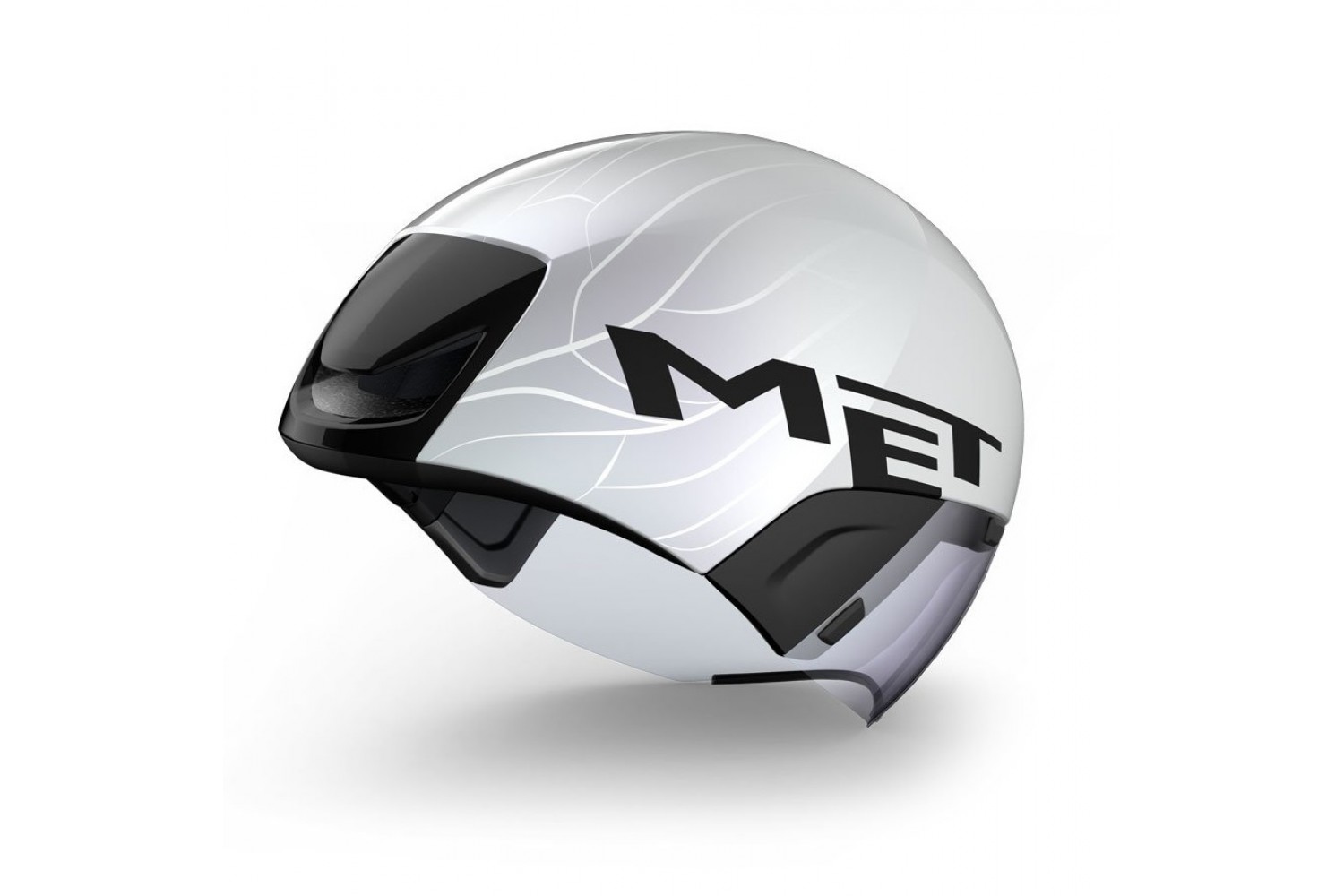
Professional fitters often have access to a wider range of helmet sizes and styles, increasing the likelihood of finding the perfect fit. They can also provide valuable advice on proper wear and maintenance of the helmet. Where can you find professional fitting services? Many sporting goods stores offer this service, as do some schools and football programs.
Benefits of Professional Helmet Fitting
- Expertise in proper sizing and adjustment
- Access to a wide range of helmet options
- Personalized advice on fit and comfort
- Guidance on proper helmet use and care
- Potential for custom adjustments
Remember, a well-fitted helmet is crucial for maximizing protection and comfort on the field. Is the additional time and potential cost of professional fitting worth it? For many players and parents, the peace of mind and enhanced safety make it a worthwhile investment.
Balancing Cost and Quality in Helmet Selection
When shopping for a football helmet, it’s natural to seek the best value for your money. How can you balance cost considerations with the need for quality and safety? While it may be tempting to opt for the least expensive option, remember that your helmet is a crucial piece of safety equipment.
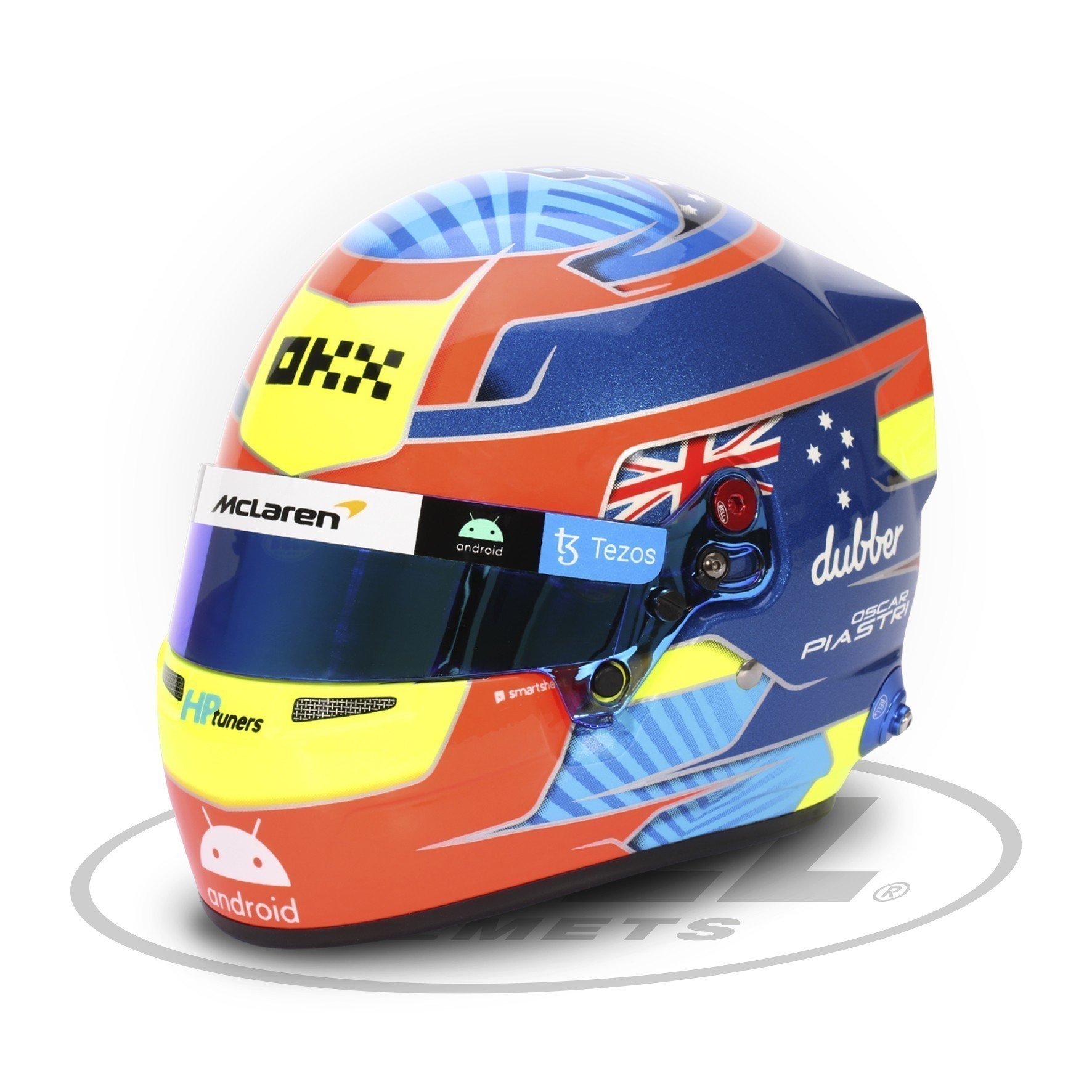
Consider the following factors when evaluating the cost-effectiveness of a helmet:
- Safety ratings and certifications
- Durability and expected lifespan
- Comfort and fit
- Included features and technologies
- Warranty and customer support
Is it worth investing in a more expensive helmet? In many cases, higher-priced helmets offer advanced safety features, improved comfort, and longer lifespans, potentially providing better value in the long run. However, it’s important to note that a high price tag doesn’t always guarantee superior protection. Research and compare different models within your budget to find the best balance of safety, comfort, and affordability.
Tips for Finding the Best Value
- Compare safety ratings across price points
- Look for sales or discounts on last year’s models
- Consider purchasing a high-quality used helmet (ensure it’s properly reconditioned)
- Factor in the cost of potential replacements over time
- Explore package deals that include necessary accessories
Remember, the goal is to find a helmet that provides optimal protection within your budget constraints. Prioritize safety and fit over brand names or aesthetic features.
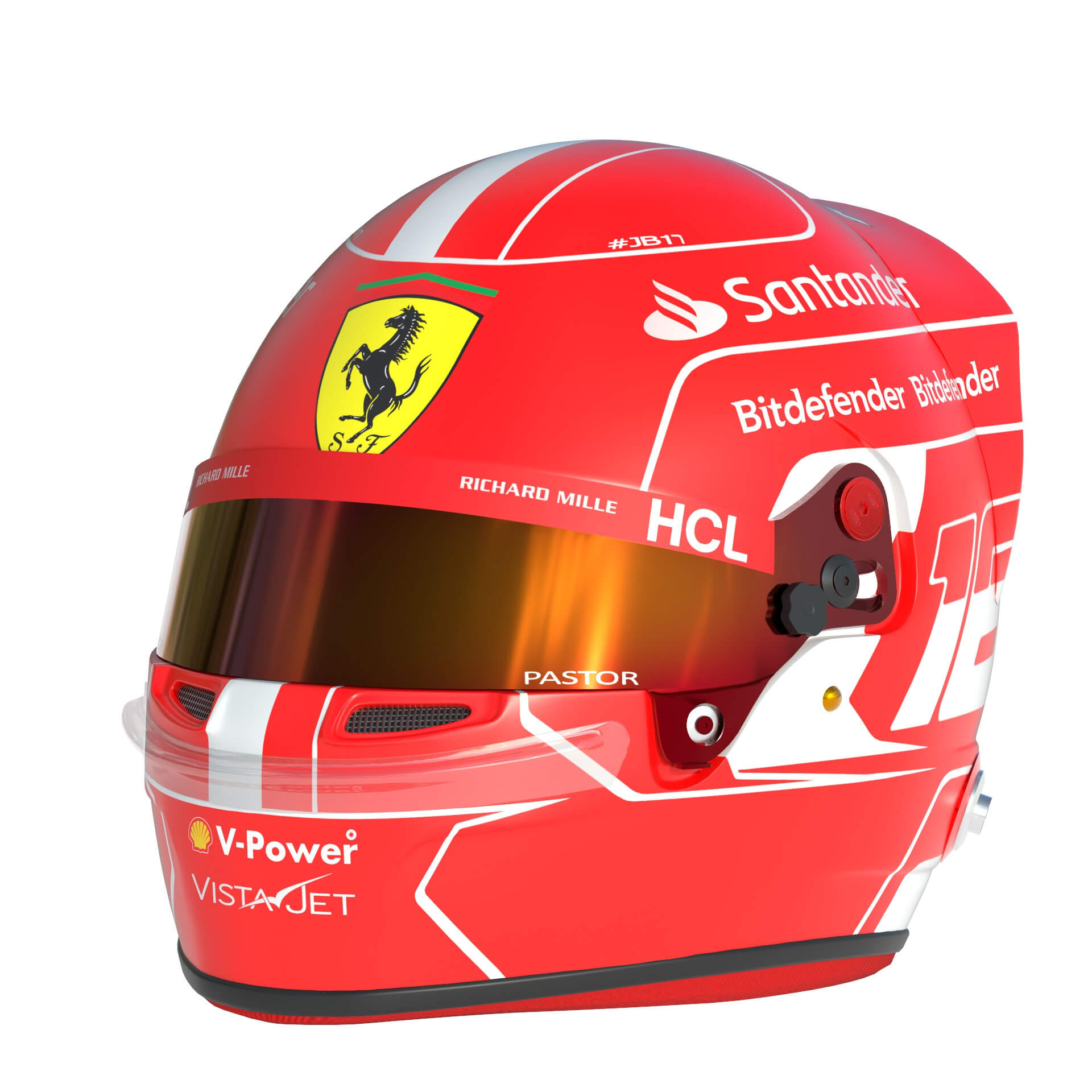
Understanding the Importance of Proper Helmet Use and Technique
While selecting the right helmet is crucial, it’s equally important to understand how to use it properly. How can players maximize the protective benefits of their helmets? Proper technique and adherence to safety guidelines play a significant role in injury prevention.
One key aspect of helmet safety is proper fitting and wearing. Are players consistently checking their helmet fit before each practice and game? Even small shifts in fit can reduce a helmet’s effectiveness. Encourage players to adjust their chin straps and ensure a snug, comfortable fit every time they put on their helmet.
Key Aspects of Proper Helmet Use
- Always wear the helmet during contact drills and games
- Keep the chin strap securely fastened at all times
- Avoid using the helmet as a weapon or leading with the head during tackles
- Report any issues with fit or damage immediately
- Follow proper tackling and blocking techniques to minimize head impacts
Educating players about the limitations of helmets is also crucial. While helmets provide essential protection, they cannot prevent all head injuries. How can coaches and parents reinforce safe play? Emphasize the importance of proper tackling techniques, avoiding unnecessary head contact, and immediately reporting any symptoms of concussion or head injury.
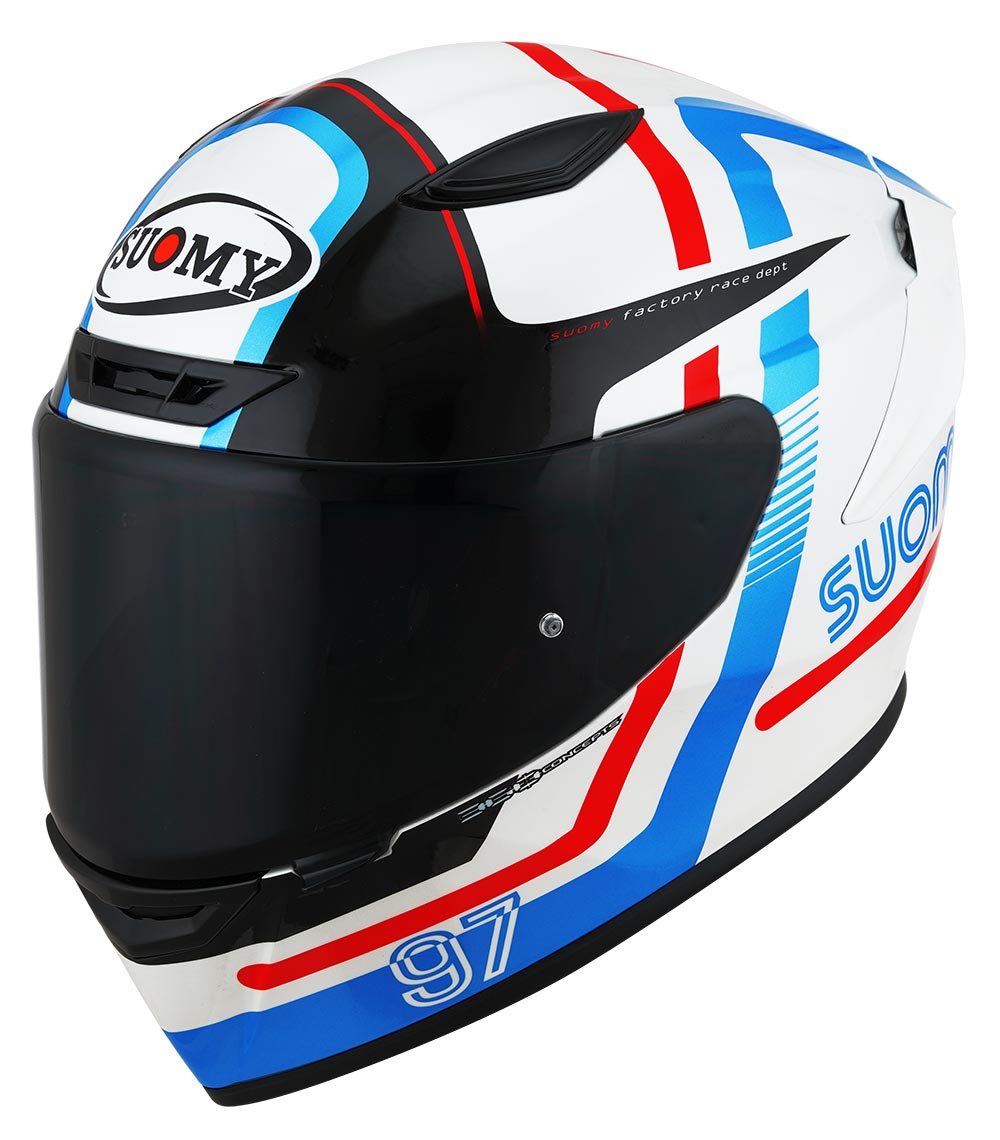
Regular training sessions on helmet safety and proper use can significantly contribute to player safety. Are your team’s coaches and staff up-to-date on the latest safety protocols and best practices? Ensuring that everyone involved in the sport understands and prioritizes helmet safety is key to creating a safer playing environment.
Know your league’s helmet requirements
Before shopping for a new football helmet, it’s important to know if your league has any specific requirements or regulations regarding helmet types. Many youth and high school programs now require helmets to be certified by the National Operating Committee on Standards for Athletic Equipment (NOCSAE). Varsity and college teams may have additional safety standards in place. Be sure to check with your coach or league administrator so you purchase a helmet that meets all necessary criteria.
Determine your budget
Football helmets can range drastically in price from $50 up to $500 or more. Consider how much you’re able to spend, as more expensive helmets typically incorporate more modern safety features. For example, top-of-the-line helmets have components like air bladders or shock absorbers to cushion impacts. You’ll also want to think about whether you need to buy any additional accessories like chin straps, face masks, or helmet wraps.
Measure your head size

Getting an accurate measurement of your head circumference is crucial for finding a helmet that fits properly. Wrap a soft measuring tape around your head about 1 inch above your eyebrows and ears. Compare the measurement in inches to the sizing charts for the helmet models you’re considering. Sizes can vary between brands, so be sure to consult each manufacturer’s chart. An undersized helmet won’t provide full protection, while one too large can slip and expose the head upon impact.
Consider helmet type (varsity vs. youth)
Varsity helmets are made for high school age players and older. They feature thicker padding and more protective components. Youth helmets are specially sized and constructed for younger players, with focus on making them lightweight. There are also adjustable helmets that include inflatable liners to customize the fit as kids grow. Determine the right category based on the player’s age and size.
Try on helmets in person
If possible, try on helmets in the store so you can get a feel for the fit. It should sit snugly all around without any gaps between the padding and the player’s head. Test out the chin straps and make sure the buckles, clips, or snaps can be easily secured for maximum protection. Moving the head around while wearing the helmet can help determine if it provides a comfortable, non-restrictive fit.
Check helmet safety certifications

Reputable helmet manufacturers will clearly display safety rating labels like NOCSAE on the product. This indicates rigorous testing to ensure the helmet meets impact absorption, penetration, and severity index performance standards. Virginia Tech also independently rates and ranks football helmets on a 5-star scale based on lab testing – check their ratings for insight on the safest helmets.
Pick the right helmet shell material
Helmet shells are commonly made from polycarbonate plastic for durability, carbon fiber for strength and lightness, or ABS plastic for cost-effectiveness. Each material has tradeoffs – polycarbonate is heavy but extremely tough, while carbon fiber is extraordinarily strong yet expensive. For most youth and amateur players, ABS provides a balanced option.
Find the best chin strap fit
Chin straps keep the helmet stable on the head by securing up against the chin and jaw. Look for four-point chinstraps that fully encircle the jawline with comfortable but non-slip padding. Make sure the chin cup fits properly and the straps can be tightened snugly without digging into the skin.
Check out optional helmet accessories
Helmet accessories like visors, outer helmet wraps, and eye shields can enhance comfort, visibility and protection. Make sure any accessories you choose are compatible with your specific helmet model and allowed by your league. Also ensure accessories don’t obstruct vision or breathing when playing.
Make sure the helmet is comfortable
Finding a helmet your child feels comfortable wearing is key for safety. Let them try out different styles with varying padding thicknesses, ventilation holes, and inner lining materials to see what feels best. The helmet should not wobble, slide, or shift out of position when properly fitted and secured.
Select the right facemask style
Facemasks are vital for protecting players’ faces from frontal impacts. Compare open vs. closed facemasks and sizing options for optimal peripheral vision and the right amount of face protection. Make sure the facemask bolts securely to the helmet shell and consists of durable yet flexible face bars. Discuss with your coach which facemask best suits the player’s position and needs.
Go for the proper helmet color/design
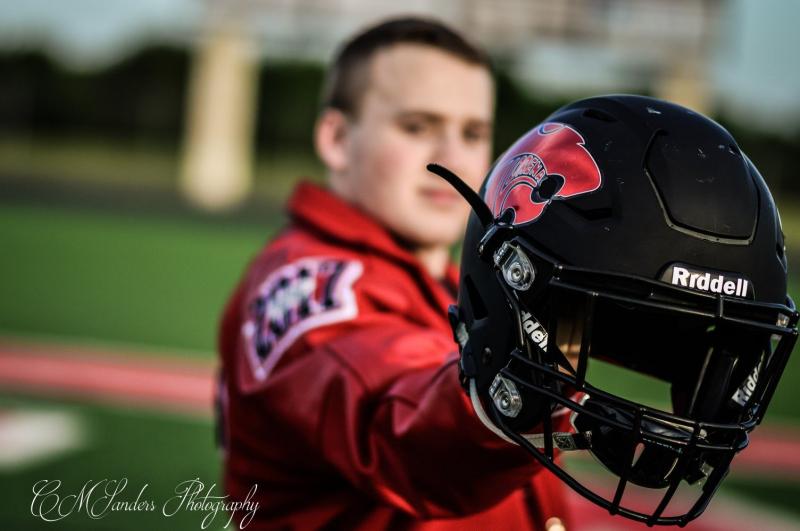
Most football helmets feature team color options for youth leagues or schools. Varsity helmets may be more customizable with details like stripe decals or an airbrush paint job. While appearance is secondary to safety, the right design can help your child feel proud and excited to wear their helmet.
Check for a helmet return policy
Buying a helmet sight unseen can be tricky, so look for generous return policies. Many online retailers allow 30+ days to return or exchange helmets if the sizing, fit, or style doesn’t work out. This takes the pressure off needing to find the perfect helmet on the first try.
Read helmet reviews online
Scour helmet ratings and customer reviews on sites like Sports Unlimited or Amazon for insight on sizing, comfort, durability, and overall quality. Focus on recent reviews of the latest helmet models. Keep in mind helmets are often updated frequently with new technologies and materials.
Ask the helmet seller for fitting advice

Don’t be afraid to pick the brain of knowledgeable sporting goods store employees when selecting your helmet. They can provide guidance on measuring head size, trying on samples, and comparing helmet options. Their expertise can prove invaluable for first-time helmet buyers.
Finding the right football helmet is crucial for your protection and enjoyment of the sport. Following these tips will help you make an informed decision and confidently purchase a helmet that fits your needs and budget. Always prioritize safety and consult your coach when equipping yourself for the field.
Determine your budget
Buying a quality football helmet is an investment in safety that can last for years, but it’s still important to set a realistic budget. Helmets can range from around $50 on the low end up to $500 or more for top-of-the-line models. Consider how much protection you want versus what you can reasonably afford. Keep in mind that more expensive helmets typically incorporate extra features and materials to better absorb impacts.
For most youth or high school players, a mid-range helmet between $100-$250 can offer excellent protection. Popular brands like Schutt and Riddell offer entry-level varsity helmets in this range. For younger kids, adjustable helmets with inflatable liners to accommodate growth can start around $50. College and professional players may want to look at premium helmets with carbon fiber shells and high-tech padding that can approach $500.
Don’t just default to the cheapest helmet available – make sure any helmet meets all safety certifications for your league. A proper fit is also key, so make sure to budget for getting the right size. Beyond the helmet itself, factor in another $25-$75 for accessories like chin straps, visors, and protective helmet wraps. These extras boost comfort and protection but can add to the overall cost.
Consider the helmet budget within the context of your overall football equipment needs too. Other necessities like shoulder pads and shoes can add up quickly. Make a list of everything you need to buy and allocate budget accordingly. Don’t cut corners on the helmet simply to have more money for accessories or other gear.
If money is very tight, look for helmet brands like Xenith or Schutt that offer more affordable varsity models. There are also frequently sales or deals through sporting goods stores, especially as new helmet versions are released each year. Buying last year’s model can mean big savings.
Football is inherently dangerous, and head injuries are a major concern. A proper helmet is the single most important investment to reduce concussion risk and prevent traumatic brain injuries. Prioritize safety above all else, and buy the most protective helmet you can reasonably afford. Your health is worth the investment.
Measure your head size
Getting an accurate measurement of your head circumference is crucial for finding a helmet that fits properly. Wrap a soft measuring tape around your head about 1 inch above your eyebrows and ears. Compare the measurement in inches to the sizing charts for the helmet models you’re considering. Sizes can vary between brands, so be sure to consult each manufacturer’s chart. An undersized helmet won’t provide full protection, while one too large can slip and expose the head upon impact.
[Rest of article…]
Measure your head size
One of the most important steps in buying a football helmet is accurately measuring the circumference of your head. The helmet must fit snugly all around your head to provide maximum protection. Taking the time to get an exact measurement will ensure the best fit possible.
Use a soft, flexible tape measure and carefully wrap it around your head about one inch above your eyebrows and ears. Make sure the tape measure stays level from front to back, and that it doesn’t dip down in the back. Record the measurement in inches.
Compare your measurement to the sizing charts provided by the helmet manufacturer. Keep in mind that sizes can vary between brands, so be sure to check each chart. Consult your coach if you fall between sizes – you generally want to size up for the best fit. An undersized helmet leaves your head exposed, while one too large can shift and slide.
For younger players, measuring head size allows you to select the right adjustable helmet with inflatable liners to accommodate growth. Measure frequently as their head grows to ensure the fit remains snug. Most adjustable helmets work for head sizes from 18.5 to 23 inches.
Some additional tips for measuring:
- Measure at the end of the day when head is largest
- Wear hair in normal style to get accurate measurement
- Have someone else take measurement for best accuracy
- Take measurement multiple times to ensure consistency
- Account for headgear or hair accessories worn under helmet
Taking the time to precisely measure your head size pays dividends in terms of comfort, performance, and most importantly, safety. A helmet that fits correctly stays put and provides critical impact protection. Don’t play guessing games or assume you know your size – measure first for helmets that fits like a glove.
Consider helmet type (varsity vs. youth)
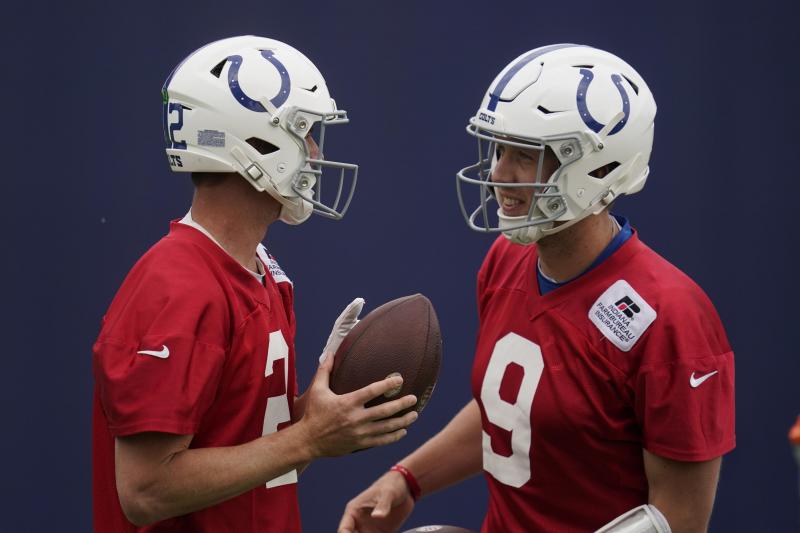
[Rest of article…]
Consider helmet type (varsity vs. youth)
One key factor in selecting a football helmet is determining whether you need a varsity helmet or a youth helmet based on age and level of play. Varsity helmets are designed for high school age players and older, while youth helmets are specially engineered for younger kids.
Varsity helmets use thicker, heavier-duty padding and components to handle the higher impact collisions of older players. Youth helmets emphasize lightweight construction, smaller sizing, and adjustability to grow with kids as they develop. Some key differences include:
- Shell material – varsity helmets may use stronger polycarbonate; youth often use ABS plastic
- Padding thickness – varsity has thicker padding for greater impact absorption
- Facemask – varsity facemasks protect the entire face; youth are more open
- Price – varsity helmets start around $200; youth around $50
- Weight – youth helmets weigh 2-3 lbs; varsity weigh 4-6 lbs
- Inflatable liners – youth helmets offer adjustable air liners; varsity are fixed sizing
For players in middle school and junior high, either a varsity or youth helmet may be appropriate depending on age, size, skill level, and league rules. Try on samples of each to assess comfort, visibility, and fit.
Varsity helmets offer the most protection for big hits, while properly fitted youth helmets provide excellent safety for lower-impact kids’ leagues. Avoid using a varsity helmet for a child whose neck muscles can’t yet support the weight. Always match the helmet type to the player’s age, size and strength.
Some parents try to save money by passing down an older sibling’s varsity helmet. But used helmets can degrade and should be reconditioned/recertified. Buy a new youth model that meets the latest safety standards for each child.
Choosing the right varsity or youth helmet ensures players have appropriate protection and comfort as they develop. As kids grow, gradually transition them into varsity helmets to match their physical progression and intensity of play.
Try on helmets in person

[Rest of article…]
Try on helmets in person
When shopping for a new football helmet, try to visit a store in person so you can physically try on different options. Being able to put helmets on your head is invaluable for assessing comfort, fit, visibility and size compared to just looking at them on a website.
Bring your head measurements and any notes on preferred brands to the store with you. A knowledgeable sporting goods salesperson can bring out multiple helmet styles in your size range to sample. As you try each on, assess:
- Overall comfort level
- Fit around the cheeks, jaw and crown
- Chinstrap tightness when fastened snugly
- Visibility from facemask
- Ease of taking helmet on and off
- Weight distribution on head
- Sounds/echo when tapping on shell
Move your head around while wearing helmets to check range of motion. An ideal helmet allows free movement without shifting out of position. Bring your shoulder pads to test compatibility.
Don’t hesitate to try the same helmet in multiple sizes, as the fit can vary drastically with even slight sizing differences. It may take trying on 5-10 options to find the just right helmet for your head shape and preferences.
Be willing to spend at least 10-15 minutes testing helmets for an informed decision. Don’t settle for a helmet that feels uncomfortable or too tight/loose assuming it will break-in later. Comfort is critical right away.
Trying helmets in person also allows you to assess details like chin strap padding, facemask strength, shell thickness, and accessory options. And you can immediately exchange any ill-fitting helmets on the spot rather than shipping returns.
Check helmet safety certifications
[Rest of article…]
Check helmet safety certifications
When shopping for a new football helmet, one of the most important factors is making sure the helmet meets current safety certifications. Look for approval labels from organizations like NOCSAE, the National Operating Committee on Standards for Athletic Equipment.
NOCSAE puts football helmets through rigorous testing to measure impact absorption, penetration resistance, and severity index performance. Helmets must pass thresholds in all areas to receive NOCSAE certification. The organization frequently updates testing protocols as new research emerges on concussions and head injuries.
Many leagues from youth to the NFL require NOCSAE certification for all helmets used in play. Check your rulebook or ask a coach to confirm. Browse the NOCSAE website for lists of currently approved helmets by brand and model.
Other respected certifications include the Safety Equipment Institute (SEI), which uses American Society for Testing and Materials (ASTM) helmet standards, and the American Football Coaches Association (AFCA) recommendations. Multi-certified helmets offer added assurance.
You can also reference Virginia Tech’s Helmet Ratings, which rigorously tests helmets in the university’s lab for impact protection. Their 5-star rating scale and concussion risk assessments provide an independent analysis of the safest helmets.
When you find a helmet model you like, look for prominent certification labels like NOCSAE’s “SEI Certified, Meets NOCSAE Standards” tag. Avoid helmets without clear certification markings. Be wary of used helmets where certification may be expired.
Proper safety certifications ensure your helmet provides the highest level of protection. Make them a priority, and frequently check for updated standards as helmet technology continues advancing.
Pick the right helmet shell material

[Rest of article…]
Pick the right helmet shell material
Football helmet shells are constructed from different materials that impact the cost, durability, weight and protection of the helmet. Three common options are polycarbonate, ABS plastic, and carbon fiber composite.
Polycarbonate is a very strong plastic that provides excellent impact resistance. It is more rigid than other plastics, offering superior protection at the cost of increased weight. Polycarbonate also won’t crack from low temperature exposure.
ABS plastic shells are more affordable while still providing good durability and protection. ABS is lightweight yet sturdy. It has good impact strength but doesn’t quite match the resilience of polycarbonate. ABS also withstands cold temperatures well.
Carbon fiber composite shells offer an ultra lightweight but very strong option. Layers of carbon fiber material can be molded for optimal strength where needed while reducing weight elsewhere. But the complex manufacturing makes carbon fiber helmets considerably more expensive.
For most youth or high school players, ABS plastic offers a good balance of cost and protection. More elite high school, college and professional players may opt for polycarbonate or carbon fiber to get the highest levels of impact absorption.
The shell material pairs with the interior padding system to manage impacts. So focus first on finding the best fitting helmet with top safety certifications. Then consider shell material for added durability or lightweight needs.
Avoid helmets with shells made of inferior materials even if cheaper. And recognize that expensive helmets aren’t inherently safer than more affordable options with the same certifications.
The shell should fully encase inner padding without cracks, gaps or defects. Ensure any vents or holes needed for cooling don’t compromise structure integrity.
Find the best chin strap fit

[Rest of article…]
Find the best chin strap fit
A properly fitted chin strap is crucial for keeping the football helmet stable on a player’s head. Take time to assess different chin strap styles and find the ideal length and padding for optimal comfort and protection.
Look for chin straps with a 4-point fastening system that fully encircles the jawline. This distributes anchoring forces evenly for the most secure fit. Make sure the strap includes both chin and cup components to cradle the jaw.
The cup padding should be comfortable but avoid thick, bulky coverings that make it hard to snap the strap securely against the chin and jawbone. Test snapping, unsnapping and adjusting the strap clips or snaps with the helmet on.
With the chinstrap fastened, check that you can comfortably fit two fingers between the cup and your chin. This ensures a snug fit without digging into the skin or restricting breathing.
Give your head a gentle shake inside the helmet – your head should move very little if the chin strap is tight enough. But also make sure you can fully look left, right, up and down without strain.
For younger kids, opt for soft, non-slip strap covers that stay gently in place. Avoid hard plastic clips that can chafe against the chin. Look for kids’ chinstraps with easy snap fasteners for quick securing.
Work with coaches to assess proper chin strap sizing as kids grow. Keep an eye out for fraying or damage requiring replacement. Proper chin strap coverage ensures the helmet stays on if collisions jar it loose.
A chin strap should function like a seat belt – uncomfortably snug to maximize protection. Take time to find padding and a length that keeps the strap secure without irritating the skin. Your helmet only works as intended if the chinstrap keeps it firmly in place.
Check out optional helmet accessories
[Rest of article…]
Check out optional helmet accessories
Looking to Buy Football Helmets in 2023? Here Are 15 Key Tips for Finding the Perfect Fit:
With the new football season right around the corner, it’s time to start thinking about outfitting yourself or your player with a new helmet. Finding the right helmet is crucial for performance and safety on the field. The helmet market has exploded in recent years with many new brands and models to choose from. How do you even begin to decide? Here are 15 essential tips for buying the perfect football helmet in 2023:
1. Understand helmet certification standards
All football helmets sold in the United States must meet certification standards set by the National Operating Committee on Standards for Athletic Equipment (NOCSAE). This helps ensure safety and performance. Look for the NOCSAE logo inside the helmet. Reconditioned helmets must also be NOCSAE recertified. Also check for additional safety certifications like the STAR helmet rating system.
2. Get properly fitted
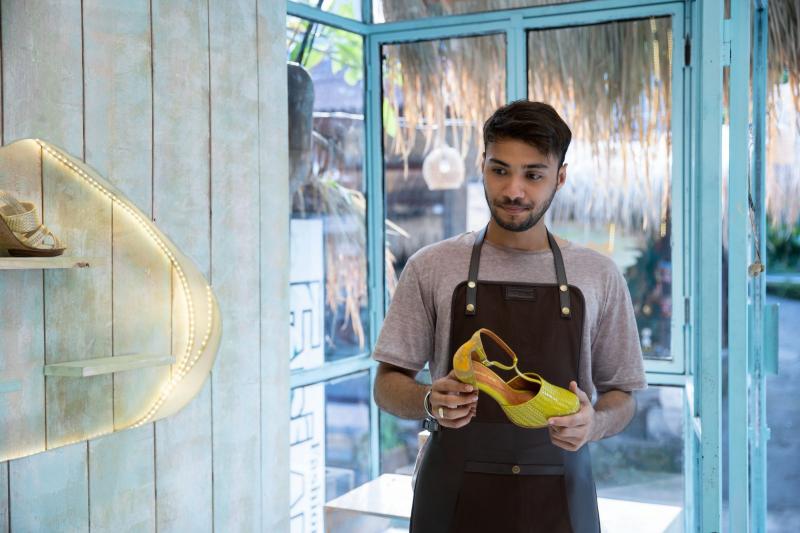
Helmet fit is crucial for protection. Get professionally fitted at a sporting goods store or by your team’s equipment manager. The helmet should sit snugly all around without movement or gaps. Pressure points can indicate a poor fit. Most helmets come in size ranges for both head circumference and interior padding thickness.
3. Consider head shape
Head shapes vary just like feet. Helmet brands design different interior liners to better accommodate round, intermediate or oval head shapes. Know your head shape and choose a helmet engineered for that shape.
4. Pick the right facemask
Facemasks for youth players have extra bars for visibility and protection. Skill players may opt for more open cages while linemen often choose closed protective masks. Consider position and visibility needs. Masks can be changed on most helmets.
5. Manage accessories
Many accessories like visors, jaw pads and chin straps can enhance helmet performance and comfort. Make sure any additions are regulation compliant and installed properly. Don’t overload as accessories can alter fit.
6. Consider helmet weight
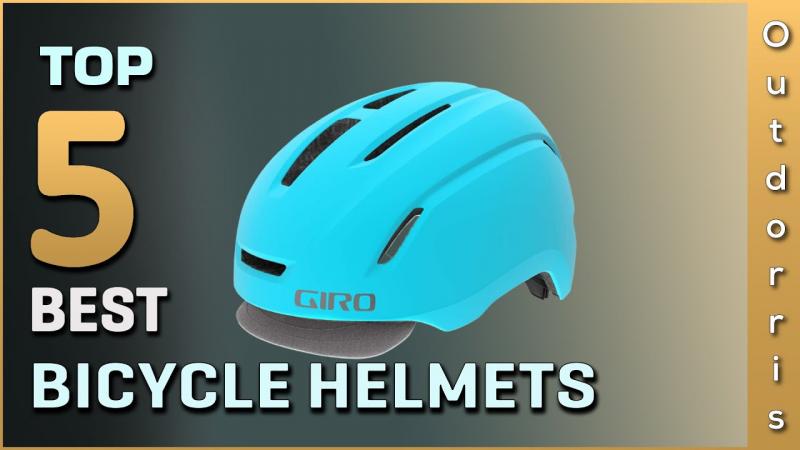
Lighter helmets reduce neck fatigue over a game or season. Youth helmets weigh from 2-3 lbs while most adult helmets are 4-6 lbs. More padding equals more weight. High end helmets use stronger, lighter materials to cut weight.
7. Ventilation is important
Heat and humidity take a toll during games. Newer helmets offer improved ventilation and breathability. Look for ample vent holes and newer technologies to keep you cool under pressure.
8. Analyze shell construction
Polycarbonate alloy plastic shells are extremely durable but less flexible. Composite shells made from blends of plastic, carbon fiber and kevlar offer strength with more flex for greater energy displacement. This can reduce injury risk.
9. Jaw pads enhance protection
Integrated jaw pads cushion big hits to the chin, jaw and neck area. Make sure pads easily snap in and out for cleaning and replacement when worn.
10. Review helmet technologies
Leading helmet makers develop proprietary technologies to improve protection. Look for leading names like VICIS, Riddell and Schutt as well as new tech like force-redirecting layers and columns that flex and absorb force.
11. Research smart options
New sensor technologies are being added to helmets to detect and measure impacts in real time. Although not widely adopted yet, integrated electronics could be common in coming years.
12. Opt for custom graphics
Many companies let you design your own unique helmet graphics and colors. This allows you to show team spirit or personal style on the field.
13. Consider reconditioning
You can save money by having a gently used helmet professionally reconditioned rather than buying new. Reconditioning companies inspect and recertify helmets to like-new quality.
14. Don’t neglect maintenance
Clean regularly inside and out with mild soap and rinse completely. Store out of direct sun and away from chemicals. Inspect often for cracks or damage. Replace helmet if damaged or after major impact.
15. Buy from trusted sources
Only buy new helmets from authorized dealers and reconditioned helmets from certified companies. Avoid used helmets with uncertain histories. Beware of knock-off brands or counterfeits.
Finding the perfect football helmet takes research and planning. Consider key factors like fit, safety certifications, your playing position and comfort. Shop from reputable brands and dealers. With the right helmet selection, you’ll take the field protected and ready for action.
Make sure the helmet is comfortable
Looking to Buy Football Helmets in 2023? Here Are 15 Key Tips for Finding the Perfect Fit:
Football season will be here before you know it, which means it’s time to start searching for the perfect helmet if you’re in the market. With so many options out there though, it can be tricky to find one that checks all the boxes – proper fit, optimal safety features, comfort and more. Don’t worry, we’ve got you covered with these top tips for selecting football helmets this year:
Size It Up

An ill-fitting helmet is almost as bad as no helmet at all. Take precise measurements of your head’s circumference and compare to sizing charts. Keep in mind that many helmets come in fractional sizes for an exact fit. It should be snug all around without pinching.
Know Your Head Shape
Helmet interiors are engineered for different head shapes – round, oval, intermediate oval. Determine your shape and find a helmet specifically designed for it. An alignment between your head and helmet results in better comfort and protection.
Analyze Materials
Most shells are made of polycarbonate plastic for durability. But some are now incorporating blends of carbon fiber and Kevlar that allow for more flex and greater impact absorption. This can reduce injury risk from heavy blows during play.
Face Protection Preferences
Think about the type of facemask needed for your position and visibility requirements. Youth helmets often feature enclosed masks with more bars. Pros may opt for open cages for better sight lines. Determine vision needs before selecting.
Ventilation Counts

Proper airflow prevents that foggy, sweaty headed feeling. Look for helmet models with ample venting ports and channels specifically designed to keep you cool under the hottest game-time pressures. Breathable comfort leads to better performance.
Cushion for Collision
Integrated jaw pads provide cushioning from bone-jarring hits. Make sure any pad attachments like these can be easily removed for cleaning and replacement over time. The last thing you want is a loose pad sliding around in the midst of play.
Accessorize Essentials
Chin straps, face shields and other addons enhance both protection and functionality. Just take care not to go overboard piling on accessories that compromise fit and certified safety standards for your helmet model.
Keep It Light
Reduced helmet weight lessens strain on the neck and shoulders over the course of a game. Youth helmets typically weigh 2-3 pounds while adult professional models go up to 4-6 pounds or more. More padding equals more weight in most cases.
Check the Safety Credentials
Make sure any helmet you’re considering is NOCSAE certified to meet rigorous standards for impact protection. This certification is required by law. Some helmets also have additional safety designations like the STAR rating system for concussion prevention.
Consider High Tech Options
Newer helmets are being embedded with sensor technologies to measure hits and forces in real time on the field. Although not yet widespread, integrated electronics seem poised to become standard in coming seasons.
customize Your Look
Many brands now offer completely customizable graphics so you can design a helmet that matches your preferences and shows off your team colors in style. This personalizes protection.
Prioritize Comfort
An uncomfortable helmet can be intolerable over the course of a game, distracting your focus. Seek out design features like moisture-wicking, adjustable liners and cushioning that work for your specific needs and head size.
Recondition Don’t Replace
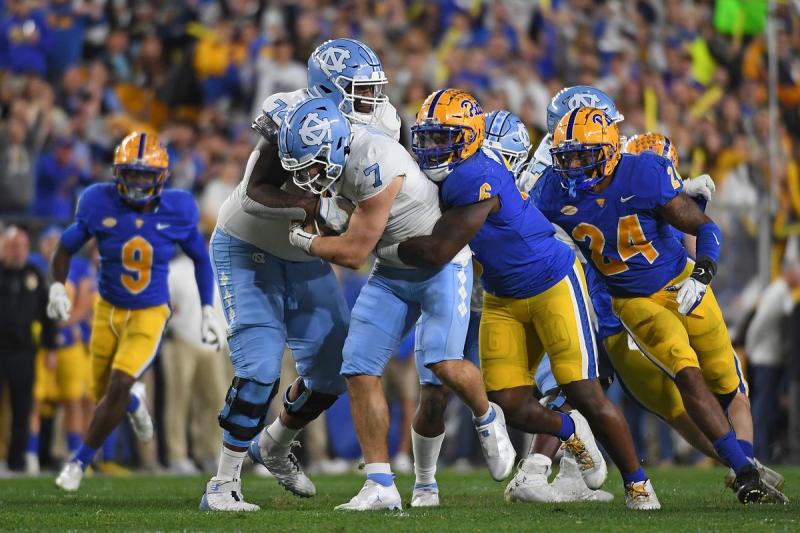
Why discard an older helmet when you can often have it professionally reconditioned and recertified? Reconditioning services inspect and refresh helmets to like-new quality at less cost than buying new.
Shop Smart
Only purchase new helmets from authorized dealers or manufacturers, and reconditioned ones from certified companies. Stay away from used helmets with unknown histories. Also beware of knock-offs or lookalikes.
Finding the perfect football helmet is a complex process, but armed with this advice, you’re sure to find a comfortable, high-performing model that provides confidence and security snap after snap. Let the games begin!
Select the right facemask style
Looking to Buy Football Helmets in 2023? Here Are 15 Key Tips for Finding the Perfect Fit:
It’s football season again, time to start thinking about getting a new helmet for yourself or your player. With so many brands and models on the market these days, choosing the right one can be overwhelming. You want a helmet that offers optimal protection and performance on the field. Here are 15 top tips for selecting the perfect football helmet this year:
Get Professionally Fitted
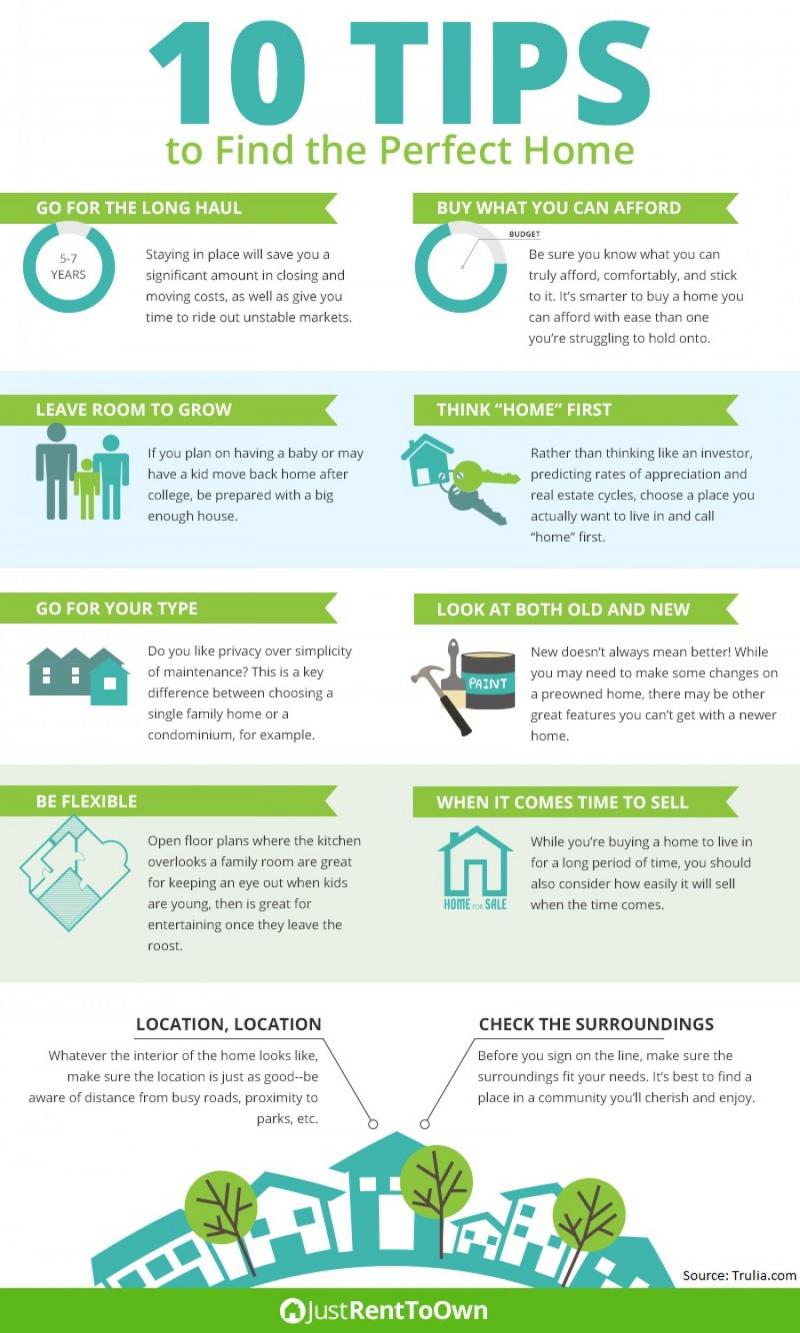
A helmet that shifts or slides is hazardous. Visit a sporting goods store or team equipment manager to get accurately fitted. The helmet should feel snug all around your head without any gaps or looseness. Pressure points likely mean a poor fit.
Know the Safety Standards
All football helmets must meet certification standards set by NOCSAE to be sold in the US. This ensures proper impact protection. Look for the NOCSAE logo inside. Reconditioned helmets require recertification too. Added safety ratings like STAR are a bonus.
Consider Your Head Shape
Helmet liner systems are engineered for different head shapes like oval, round and intermediate oval. Know your shape and find a helmet specifically contoured for it. The right alignment enhances fit and security.
Ventilation and Breathability
Proper airflow prevents that fogged up feeling. Inspect helmets for ventilation holes, channels and technologies that allow airflow to keep you cool when out on the field under the blazing sun.
Manage the Weight
Lighter helmets reduce neck strain over a long game or season. Youth models weigh around 2-3 lbs. Adult professional helmets range from 4-6 lbs plus. More interior padding adds more weight in most cases.
Analyze Shell Materials
Polycarbonate plastic shells offer rigidity. Composite shells with carbon fiber and Kevlar allow for flex and increased shock absorption upon impact. This can lower injury risks from big collisions.
Attach the Add-Ons
Accessorizing with items like chin straps, face shields and visors can boost comfort and functionality. Just be careful not to overload and alter safety. Only use certified compatible accessories.
Pick Protective Padding
Integrated jaw pads cushion the force of hits to the chin, jaw and neck. Make sure pad attachments are easily removable for cleaning and replacing as needed over time and use.
Consider Wireless Capabilities
Although not yet widely adopted, some companies offer helmets with embedded sensor technologies to measure impact forces in real time during play. This seems poised to become standard soon.
Account for Position and Use
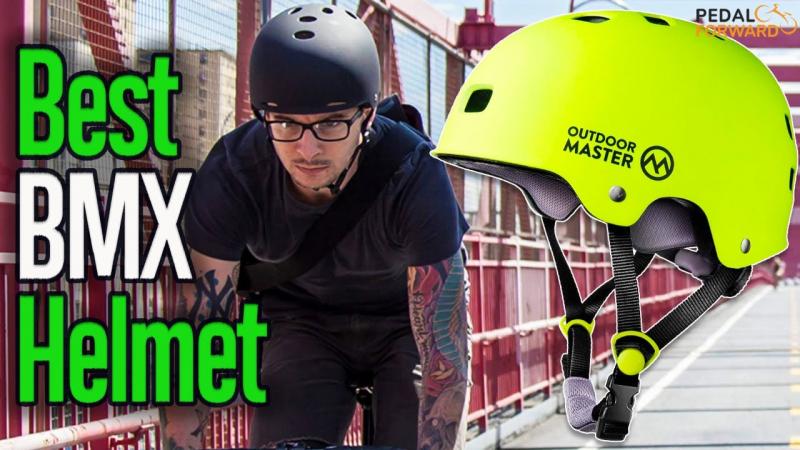
Match the facemask to your needs and playing position. Youth masks have more bars for visibility and protection. Skill players may prefer open cages while linemen opt for closed sturdy masks.
Keep it Cool and Comfortable
An uncomfortable helmet is intolerable during a game. Seek out adjustable, moisture-wicking interior liners and proper ventilation to keep you cool, dry and focused when it matters most.
Research Advanced Technologies
Leading brands integrate exclusive technologies into helmets, like flexible panels and columns engineered to redirect impact forces for enhanced protection during big collisions.
Customize the Look
Many companies now offer fully customizable graphics, colors and logos for that personal flair showing team spirit on the field. Let your style shine through.
Consider Reconditioning
Why buy new when you can often have a gently used helmet reconditioned and recertified by professionals? Reconditioning returns helmets to like-new quality at less cost.
Focus on Proper Maintenance

Keep helmets in top shape by regularly cleaning properly, storing out of sunlight and avoiding chemical exposure. Inspect frequently for any cracks or damage. Replace after any significant impact.
Buy From Reputable Sellers
Only purchase new from authorized dealers or direct from brands. For reconditioned helmets, use certified reconditioning companies. Avoid used helmets with uncertain histories. Beware of knock-offs.
With research and proper diligence, you can find the ideal football helmet for optimal fit, comfort, safety and performance this season. Just utilize this advice during your search.
Go for the proper helmet color/design
Looking to Buy Football Helmets in 2023? Here Are 15 Key Tips for Finding the Perfect Fit:
It’s football season again, time to get equipped with a new helmet for yourself or your player. The helmet choices today can be mind-boggling – so many brands, models, features to consider. You want adequate protection balanced with optimal comfort and performance. Use these tips to select the ideal football helmet this year:
Get Accurately Fitted
A loose or shifting helmet can be hazardous on the field. Visit a sporting goods store or team equipment manager for professional fitting. The helmet should feel snug all around without pressure points or gaps.
Check Safety Credentials
Verify any helmet meets NOCSAE standards mandated for US sale. This ensures proper impact protection. Also look for extra ratings like the STAR system for concussion prevention. Recertify reconditioned helmets.
Consider Design and Graphics
Many brands now offer fully customizable graphics, colors and logos so you can design your own unique helmet. This allows self-expression and team spirit on the field.
Analyze Shell Construction
Polycarbonate plastic shells offer rigidity while composite shells with carbon fiber and kevlar allow for flexibility and increased shock absorption. This can reduce injury risks.
Pick Proper Padding
Integrated jaw pads cushion blows to the chin, jaw and neck areas. Ensure pad attachments are removable for cleaning and replacement when worn down.
Manage Accessories Wisely
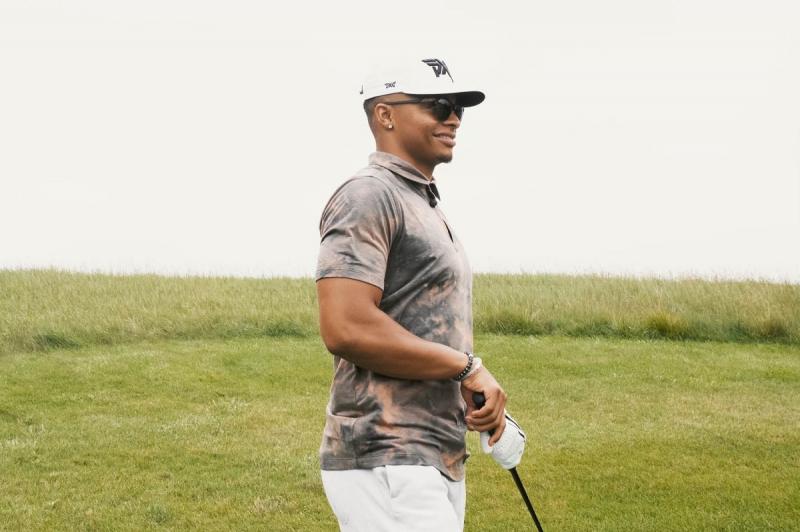
Chin straps, visors and other addons can boost comfort and functionality. Just don’t overdo it. Only use compatible certified accessories to avoid altering helmet fit and safety.
Know Your Head Size
Helmets come in different circumferences and padding thicknesses. Measure your head precisely and compare to brand sizing charts for a tailored fit. A snug helmet should not pinch or be loose.
Account for Weight Differences
Lighter helmets reduce neck and shoulder fatigue. Youth models weigh around 2-3 pounds. Professional adult helmets go up to 4-6 lbs plus. More padding equals more weight in most cases.
Look for Leading Brand Names
Trust top athletic brands like Schutt, Riddell and VICIS helmets. They invest greatly in innovative technologies and safety advancements like force-reducing liner materials.
Focus on Ventilation
Proper airflow prevents fog and sweat buildup inside the helmet. Look for ample ventilation holes, channels and breathable liner materials to keep you cool in action.
Determine Your Head Shape
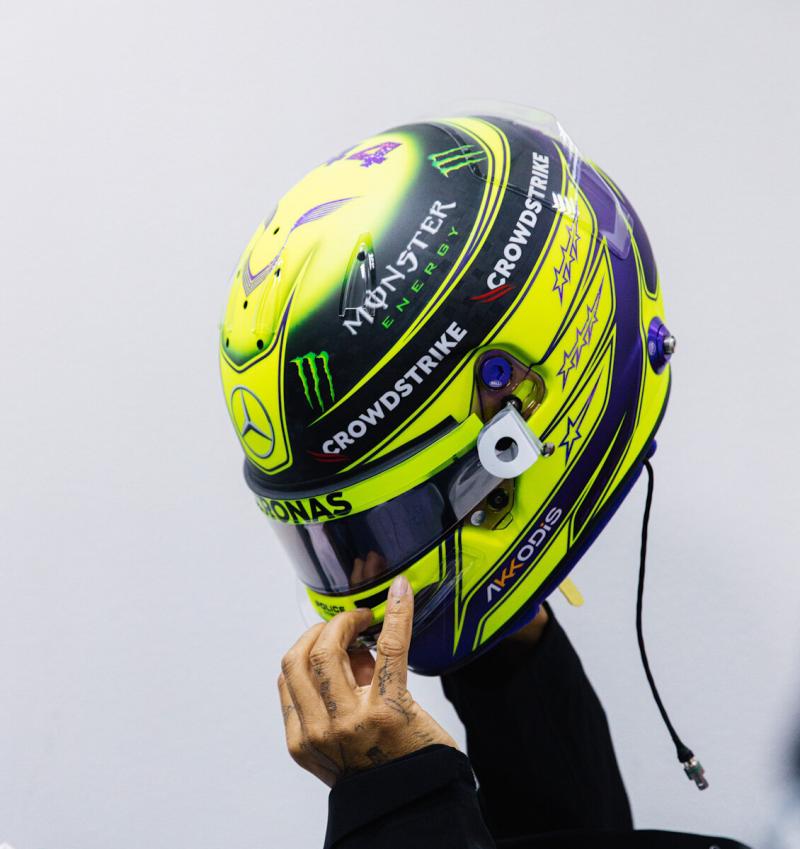
Helmet liner systems are engineered for different head shapes like oval, intermediate oval and round. Know your shape for the best fit and responsiveness.
Consider High Tech Options
New helmets with embedded sensor technologies can measure and transmit impact forces in real time during play. This technology will likely spread further in coming seasons.
Think About Facemask Needs
Skill players may prefer more open visors while linemen gravitate toward closed sturdy masks. Also account for visibility requirements. Youth often get extra bars.
Prioritize Comfort Factors
An uncomfortable helmet ruins game time focus and performance. Seek adjustable, moisture-wicking and properly vented helmets engineered for your head size and shape.
Maintain Properly
Follow guidelines for cleaning, storage away from sunlight and chemicals, and regular inspection for cracks or damage. Replace any helmet after a major impact or collision.
Buy New from Trusted Sources
Only buy brand new helmets from authorized dealers or direct from manufacturers. For reconditioned models, use certified companies. Avoid uncertain histories.
Choosing the perfect football helmet is an important decision. Use this advice to maximize safety, comfort and performance this season.
Check for a helmet return policy
Looking to Buy Football Helmets in 2023? Here Are 15 Key Tips for Finding the Perfect Fit:
Football season is fast approaching, which means it’s time to get serious about finding the right helmet. With so many brands and models on the market, selecting the optimal one takes some research. You want adequate protection along with top-notch comfort and performance. Use this advice for choosing the perfect football helmet this year:
Get Professionally Fitted
An ill-fitting helmet jeopardizes safety. Visit a sporting goods store or team equipment manager for proper sizing. The helmet should feel snug all around your head with no shifting or gaps.
Analyze Available Safety Features
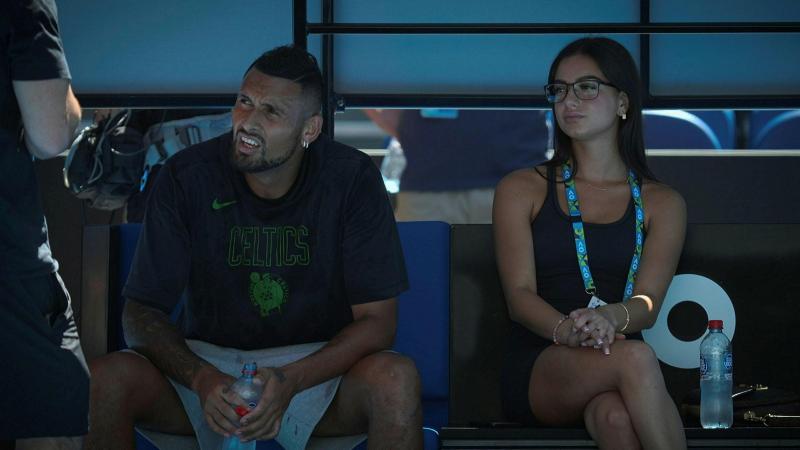
Look for helmets meeting NOCSAE standards mandated for sale in the US along with added ratings like the STAR system for concussion prevention. More safety designations are better.
Consider Return Policies
Shop at retailers that allow returns or exchanges within a reasonable time period so you can swap out helmets if the fit or comfort is not right.
Focus on Ventilation
Proper airflow prevents fog and sweat inside the helmet. Look for ample vent holes, channels and technologies that enable breathability during intense play.
Pick Proper Padding
Integrated jaw pads cushion blows to the chin, jaw and neck. Ensure pads can be removed and replaced when worn down over time and usage.
Weigh the Options
Lighter helmets around 2-3 lbs reduce neck fatigue for youth players. Professional adult helmets range from 4-6 lbs plus. More interior padding equals more weight.
Manage Accessories Wisely
Extras like visors, shields and chin straps boost comfort and functionality. Just don’t overload. Only use certified compatible add-ons to avoid altering fit.
Determine Your Head Size
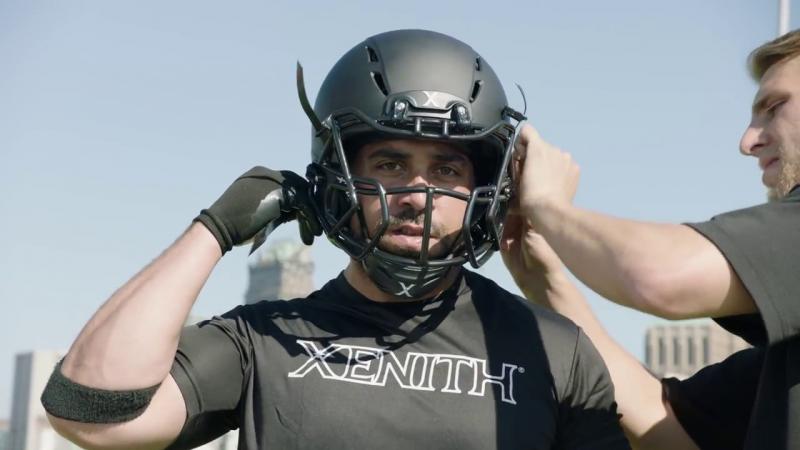
Helmet sizes range in circumference and padding thicknesses. Precisely measure your head and compare to brand sizing charts for a tailored fit. Snug is best.
Account for Different Head Shapes
Helmet liner systems are engineered for varying head shapes like oval, intermediate oval and round. Know your shape for ideal snugness and responsiveness.
Analyze Shell Materials
Polycarbonate plastic shells provide durability. Composite shells with carbon fiber and Kevlar allow for increased flex and shock absorption upon impact.
Look Into Reconditioning
Why buy new when you can often have a used helmet reconditioned and recertified by professionals? Reconditioning returns helmets to like-new quality.
Consider Wireless Capabilities
Some newer helmets have embedded sensors to measure and transmit impact forces in real time during play. This technology seems likely to spread.
Focus on Proper Maintenance
Follow guidelines for cleaning, inspecting regularly for cracks/damage, storing correctly and replacing after any significant impact.
Research Advanced Technologies
Leading brands integrate exclusive innovations into helmets, like flex panels engineered to redirect impact forces for increased protection.
Prioritize Comfort Needs
An uncomfortable helmet wrecks focus and performance. Seek out moisture-wicking, ventilated and adjustable liners tailored to your specific fit needs.
Select Brand Reputably
Stick with leading athletic brands like Schutt, Riddell and VICIS investing greatly in safety advances and innovative helmet technologies.
Customize the Look
Many companies now offer fully customizable graphics, colors and logos so you can design your own unique helmet.
Do your homework and you’ll find the perfect football helmet this season – maximizing safety, comfort and performance snap after snap.
Read helmet reviews online
Looking to Buy Football Helmets in 2023? Here Are 15 Key Tips for Finding the Perfect Fit:
Football season is coming up fast. That means it’s time to look into getting a new helmet for yourself or your player. With so many options on the market, choosing the right one is key for protection and peak performance. Use these tips when buying football helmets this year:
Get Professionally Fitted
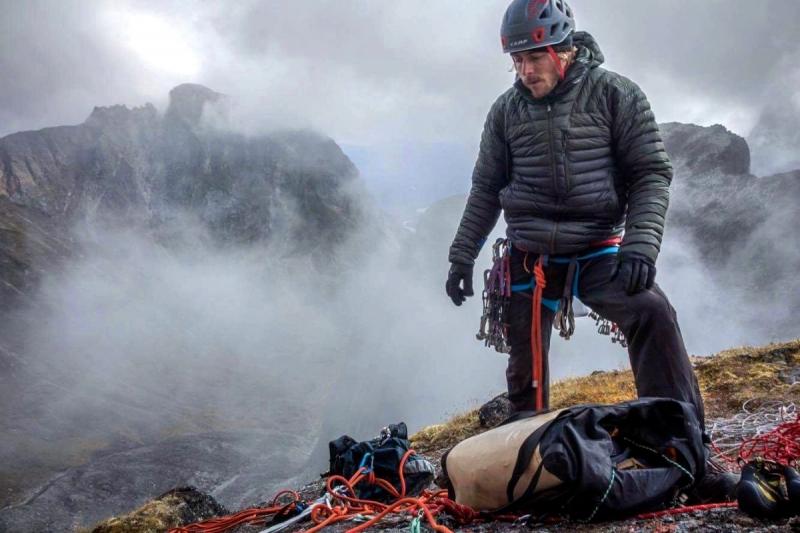
An improper fitting helmet hampers safety. Visit a sporting goods store or team equipment manager to get correctly sized. The helmet should feel snug all over without any shifting or gaps.
Consult Online Reviews
Research helmet reviews on sites like Amazon, forums and blogs to get candid feedback on comfort, fit, durability and potential issues from real-world users before buying.
Verify Safety Standards
Ensure any helmet meets NOCSAE impact protection standards mandated for sale in the US. Added safety designations like the STAR rating for concussions are ideal.
Analyze Shell Construction
Polycarbonate plastic shells offer rigidity while composite shells with carbon fiber and Kevlar allow for increased flex upon impact. This can reduce injury risks.
Focus on Proper Ventilation
Ample ventilation ports, channels and technologies allow airflow to prevent fog and sweat from building up inside the helmet during intense play.
Manage Weight Differences

Lighter helmets around 2-3 lbs reduce neck fatigue for youth players. Professional models range from 4-6 lbs plus. More padding equals more weight.
Accessorize Appropriately
Extras like face shields, visors and chin straps boost functionality. Just don’t overload. Only use certified compatible add-ons to avoid altering safety.
Pick Proper Padding
Integrated jaw pads cushion blows to the chin, jaw and neck areas. Ensure pads are removable and replaceable as they wear down.
Account for Different Head Shapes
Helmet liner systems cater to varying head shapes like oval, intermediate oval and round. Determine your shape for ideal snugness and responsiveness.
Consider Reconditioning
Professionally reconditioning a gently used helmet often costs less than buying new. Reconditioning returns helmets to like-new quality and safety.
Look Into High Tech Options
Newer helmets with embedded electronics can measure and transmit impact force data in real time during play. This technology is spreading.
Focus on Comfort Features
An uncomfortable helmet wrecks game-time performance. Seek moisture-wicking, ventilated and adjustable liners tailored to your specific needs and head size.
Select Reputable Retailers
Only buy from authorized dealers. Carefully vet any reconditioning companies. Avoid used helmets with uncertain histories. Research seller reviews.
Customize the Look
Many brands offer fully customizable graphics, colors and logos so you can design your own unique helmet.
Do your research and select smartly. Follow this advice to find the perfect football helmet for safety, comfort and performance this season.
Ask the helmet seller for fitting advice
Looking to Buy Football Helmets in 2023? Here Are 15 Key Tips for Finding the Perfect Fit:
Buying a new football helmet can be an overwhelming experience, especially if you’re not familiar with all the options and terminology. With so many styles, brands, and features to consider, how do you know which helmet is right for your needs and will provide the best protection? As someone who has shopped for football helmets many times, both for myself and for my kids, I’ve learned a few key strategies that can make the process much smoother.
Here are my top 15 tips for buying the perfect fitting football helmet in 2023:
1. Consult with sales staff about sizing and fit

Don’t be shy about asking for help from the experts! Most sporting goods stores have sales associates who are very knowledgeable about helmet sizing and can help determine the best model and size for your head shape and dimensions. They may have you try on various sizes to assess fit and comfort. This can make a big difference in finding a helmet that fits properly.
2. Measure your head size
While trying on helmets is ideal, you can also measure your head at home to determine general size range. Wrap a soft tape measure around your head about an inch above your eyebrows in front and match that measurement in the back. Compare your measurement to the sizing charts for the brand(s) you are considering. Keep in mind fit can vary from brand to brand.
3. Consider head shape and fit features
Helmet sizes are one thing, but head shape is also important for overall fit. Many helmet brands now offer features like removable/adjustable padding, inflatable air bladders, and customized inner shells to fine tune fit for rounder, more oval, or flatter head shapes. Consulting with knowledgeable sales staff can help identify the helmet models that may best conform to your head shape.
4. Assess comfort and snugness
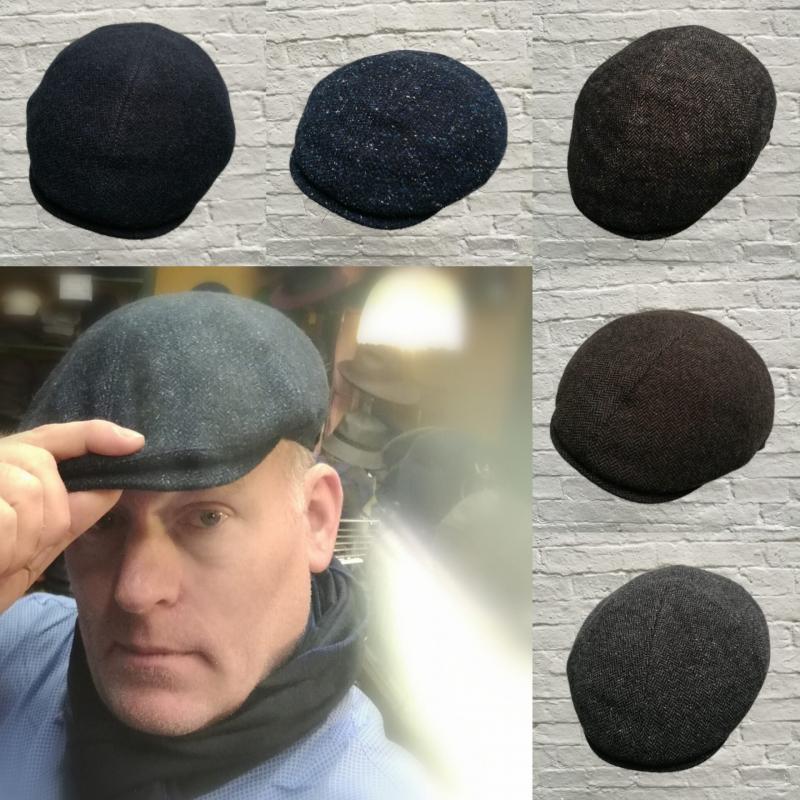
A football helmet should fit snugly all around your head without pinching or creating pressure points. There should be no gaps between padding and your head. Helmets are designed to fit tighter than a hat or other headwear – this compression is necessary for maximum protection. Work with sales staff to adjust inner fit systems and evaluate overall comfort.
5. Check peripheral vision
One of the most important aspects of helmet fit is ensuring you have a full range of peripheral vision. The helmet should not cut off your field of vision to the sides or restrict your ability to look upward. This is a key safety consideration.
6. Inspect chin strap placement
The chin straps on a football helmet must fit snugly against your jaw to keep the helmet stable during impacts. You should be able to fit only one or two fingers between the strap and your chin. Chin straps should include a four-point harness with separate adjustments for each side. The plastic clips should sit right under your ears.
7. Evaluate weight and balance
While protection is the priority, comfort and avoiding neck fatigue are also important. Try on different helmet models to assess relative weight and balance on your head. Newer designs and materials like polycarbonate and carbon fiber tend to be lighter while still providing protection.
8. Consider special facemask attachments
For certain positions like quarterback, wide receiver, or defensive back, consider opting for a visor or protective eye shield attachment for the facemask. These can help reduce glare and eye injuries. But discuss with coaches first, as some attachments are prohibited by certain leagues or levels of play.
9. Don’t forget the air pump
If the helmet model you select features an inflatable air bladder for fit customization, make sure to get a helmet air pump! You’ll need this item to make periodic fit adjustments as needed. The pumps are small and portable for easy inflation on the sidelines.
10. Pick a bold helmet color/design
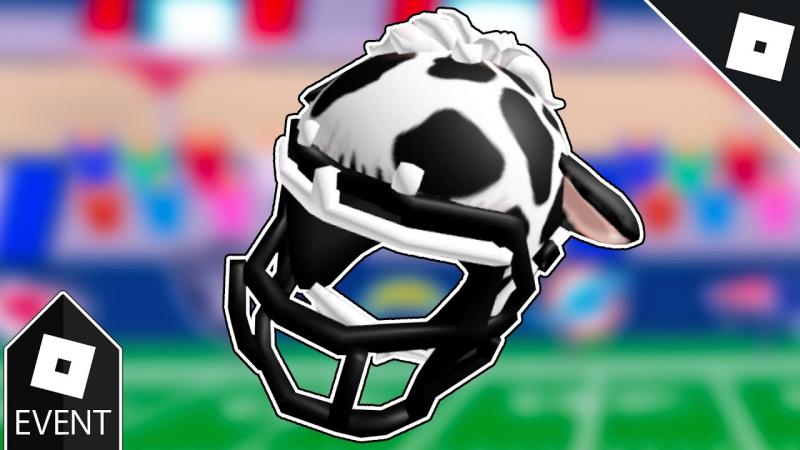
Most football helmet shells come in standard team colors like black, white, silver, navy, maroon, purple, gold, etc. But some brands offer custom color and graphics options to make your helmet stand out on the field. Get creative with stripes, patterns or your helmet’s facemask color.
11. Invest in spare facemask clips
Facemask clips are designed intentionally to break away if gripped to avoid neck injury. So it’s smart to buy extras to replace any clips that break off during practices and games. Having spares means you won’t have to play with a loose or dangling facemask.
12. Look for high tech safety features
Some of the latest football helmets include features like embedded impact sensors, data tracking capabilities, and advanced materials like carbon fiber. While these helmets cost more, they may be worth it for youth athletes if you want top-of-the-line protection.
13. Consider warranty coverage
Check whether the helmet brand you’re considering offers an enhanced crash replacement policy or extended warranty. Policies vary, but look for coverage against defects as well as replacement discounts if the helmet sustains a big impact. This provides extra peace of mind.
14. Shop end of season sales

While you’ll want to get fitted and purchase a helmet well before the season starts, the best deals can be found if you shop off-season. Look for prior year closeout sales after the football season ends to score big savings on discontinued styles and colors.
15. Learn about recertification policies
Football helmets should be reconditioned and recertified at least every 1-2 years for optimal safety, depending on usage. When shopping, look into the brand’s recertification requirements, policies, and pricing to understand the long term costs of ownership.
Finding the perfect football helmet takes time, patience, and expertise. By keeping these key tips in mind, understanding proper fit, and working with knowledgeable sporting goods retailers, you can select head protection that maximizes comfort, performance and safety. With the right helmet, you’ll be instilling confidence and peace of mind heading into the new season.